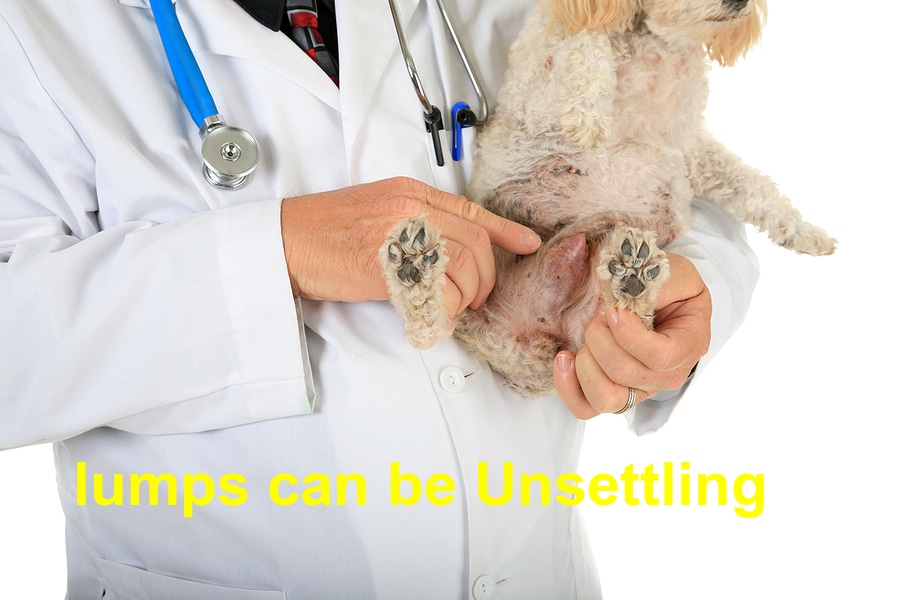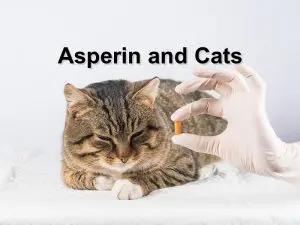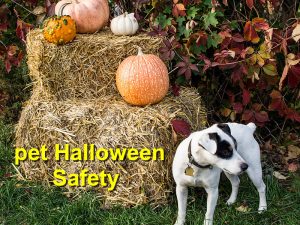Truth be told, there are no predetermined hard-and-fast veterinary rules for what should or should not be a reason for concern as far as lump on dogs go. You see, many tumors and growths – including melanomas and mast cell tumors – are pretty good at pretending to be anything but potentially fatal. Even a simple lesion that could be easily overlooked as a stubborn scar or crust can turn out to be a malignant cancerous tumor.
Learn How to Monitor and Examine Lumps on Dogs
It is common for many dogs to develop fat-based and benign masses as they age – unlike in humans where the development of mass could suggest a serious metabolic disorder lurking behind the shadows. For this reason, it is important for pet owners to learn how they can properly distinguish between ‘normal’ lumps and those that require urgent veterinary medical attention.
For starters, how’s the appearance of the mass/lump? Is it bleeding or ulcerated? How fast is it growing or shrinking? If yes, by how much and over what period?
Keep Track of All Lumps You Find
All of these are pertinent questions whose answers will aid the veterinary in knowing whether the mass is benign or worrisome and needs to be sampled immediately. Typically, masses can change over time – both in structure and appearance. A mass, for instance, that was a lipoma several years or months ago could begin manifesting as a new aggressively growing tumor. Hence, it is imperative for one to pay close attention to the development pattern of the mass and share the findings with their vet during annual or bi-annual exams.
Alongside this, with the help of the veterinarian, keep a body map that can track these masses. A body map, in this case, in a digital file or a piece of paper that has each mass measured, labeled, and periodically updated that is used to give insight into the development pattern of the growth, which is critical to diagnosing whether or not there out to be a reason for concern.
The bottom line, nonetheless, is that new lumps on dogs ought to be investigated closely by a trained vet to rule out any chances of them being cancerous lesions. And if that is the case, then the earlier medical intervention is administered the better it is.
References: RSPCA Pet Insurance, Pet MD, Diamond Pet




